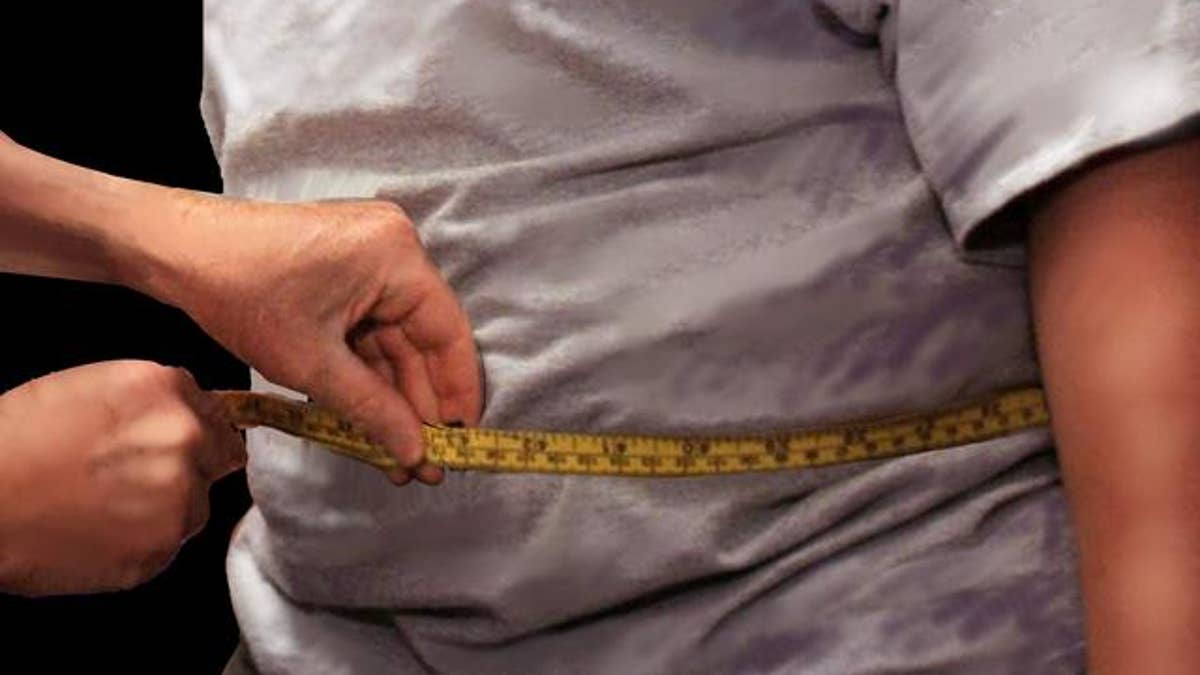
(AP)
Measuring tape not only tells you what clothing size you need, but it can reveal your risk for diabetes as well.
According to a study published in the journal PLoS Medicine, the circumference of a person’s waist can be very telling of his or her chances of getting diabetes, the Los Angeles Times reported. Typically, physicians determined risk through a person’s body mass index (BMI), but the study showed adding waists measurements into the equation provided more accurate predictions.
BMI, the primary measurement to gauge a person’s body fat, is calculated by dividing weight by squared height. However, this formula doesn’t make any distinctions between fats, while many scientists believe abdomen fat is more strongly linked with diabetes, the Los Angeles Times said.
An individual’s waist circumference is usually taken at the narrowest point of the torso – giving researchers a more accurate measurement of fat around the abdomen.
For the study, data on BMI and waist circumference was collected from over 340,000 people. According to the researchers, waist circumference was just as telling as BMIs in predicting diabetes. Overweight men (BMI between 25 and 29) were 2.84 times more likely to develop diabetes than non-overweight men, and obese men (BMI over 30) were 7.58 times more likely.
Similarly, men with “moderately increased” waistlines were 2.4 times to develop diabetes that those with slim waists, and men with “large” waists were 7.58 times more likely to contract the disease.
According to the Los Angeles Times, researchers concluded that while waist circumference alone can be used to determine diabetes risk, it is best to use the measurement in conjunction with BMI to get the most accurate prediction.
